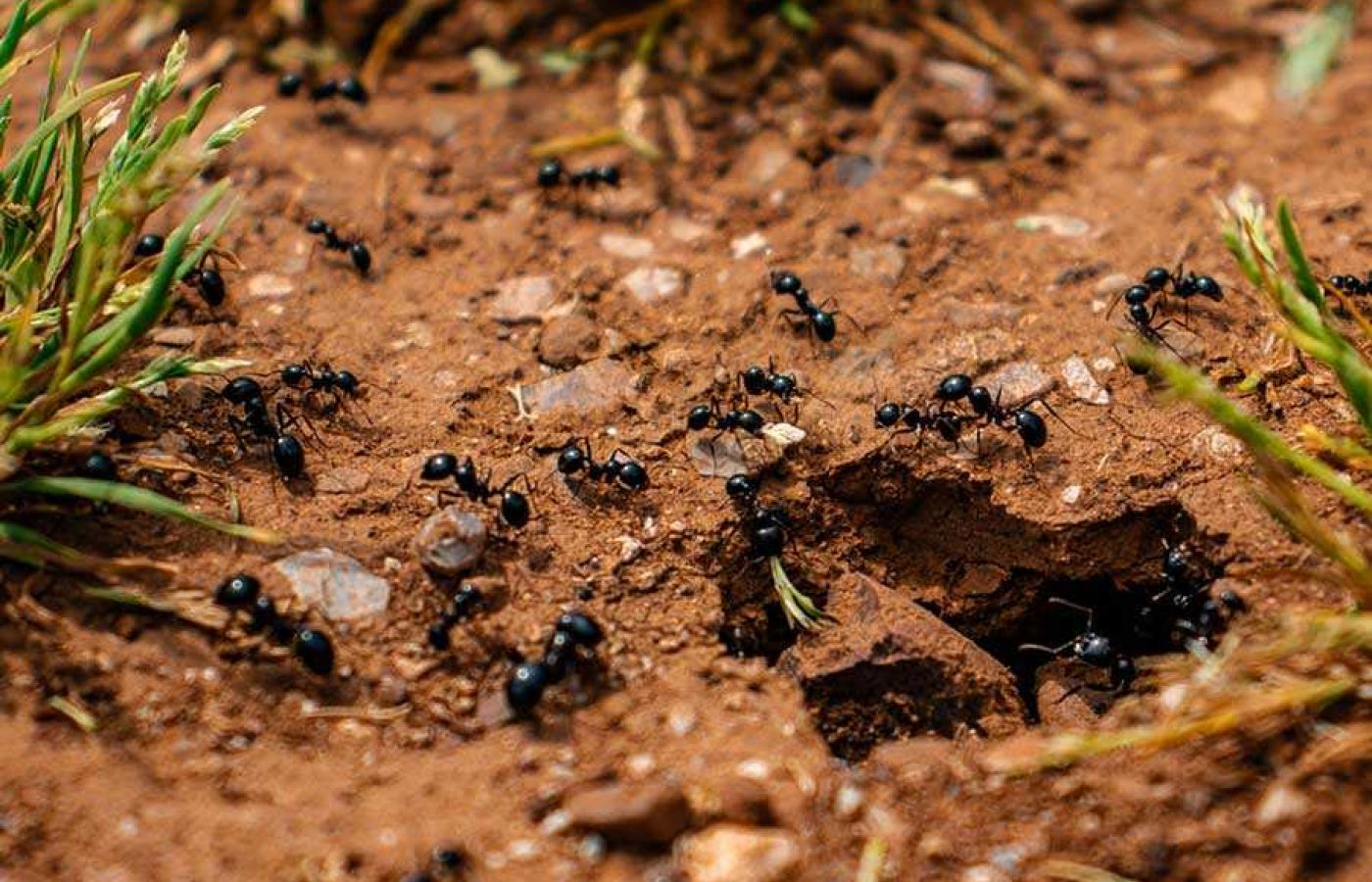Once inside, they don’t just become a nuisance—they can contaminate food, trigger hygiene issues, and even cause electrical malfunctions in serious infestations.
If you’re seeing a trail of ants somewhere in your home, it’s time to take action with Spiderman SE’s professional pest control for ants.
Why Ant Infestations Are More Than Just a Nuisance
Kitchens, laundry rooms, and bathrooms are hotspots for ant activity because these areas provide easy access to both food and moisture. While ants aren’t typically disease carriers like some insects, they can still introduce bacteria and fungi to your food and utensils, posing a risk to your family’s health.
At Spiderman SE, we specialise in identifying, treating, and preventing a wide range of ant infestations across South Australia and Victoria.
Understanding How Ants Operate
Ants operate in incredibly complex societies and understanding how their society works and how they live helps us determine the best pest control methods for each species. But what is the difference between an ant nest, ant colony and ant super colony? Here’s a quick run-down:
- Ant Nest: The physical nest is made up of tunnels and chambers, often built underground or in wall voids.
- Ant Colony: A single, cooperative ant society led by one or more queens, supported by sterile female worker ants who gather food, care for young, and defend the nest.
- Ant Super Colony: These are massive networks of interconnected ant colonies that work together, often stretching across properties or entire neighbourhoods, with millions of ants collaborating for survival. Depending on the ant species, super colonies can span up to hundreds of kilometres(!)
Common Ant Species in South Eastern South Australia and Western Victoria
Black House Ant
Frequently called garden ants, these natives are common indoor invaders, drawn to sugary spills, sweet drinks, and leftover food. While they don’t damage buildings structurally, black ants can nest inside walls, ceilings, and household appliances, sometimes causing electrical faults. They’ve also been linked to salmonella transmission.
The key to managing black ants is fast intervention. If left unchecked, they can establish multiple hidden nests that are difficult to eliminate.
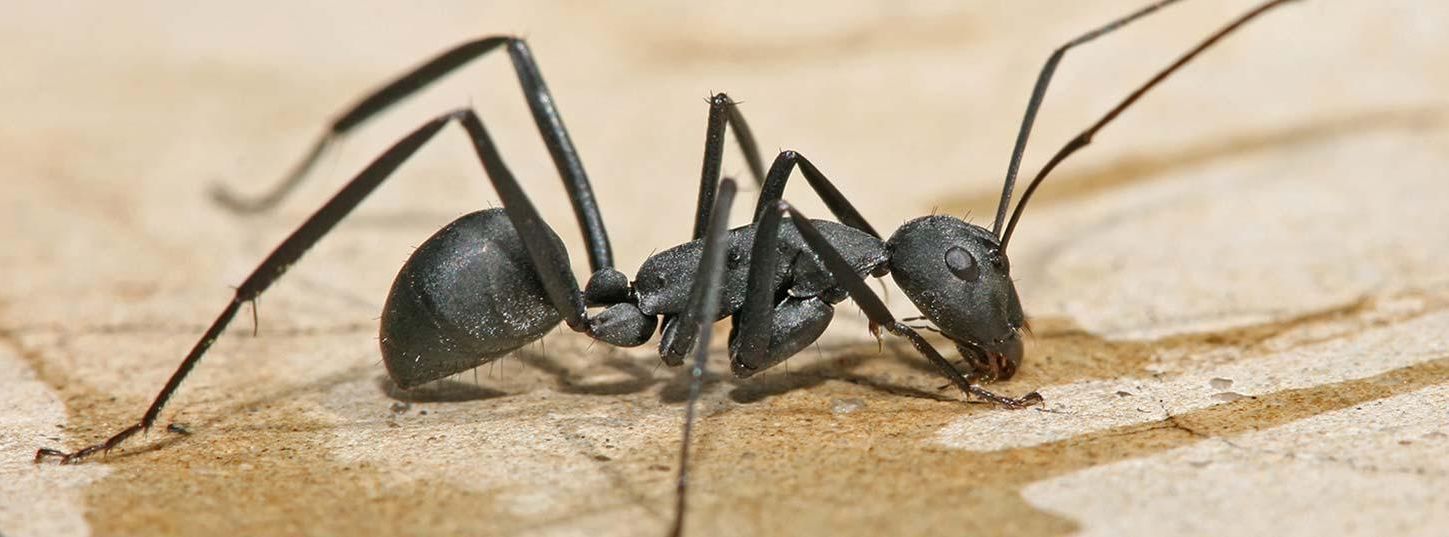
Coastal Brown Ant (Big-headed Ant)
These invasive pests create complex underground tunnel systems. You might spot small dirt mounds on pathways or garden beds—evidence of their excavation. Over time, their activity can destabilise paved surfaces and kill off vegetation by disrupting root systems.
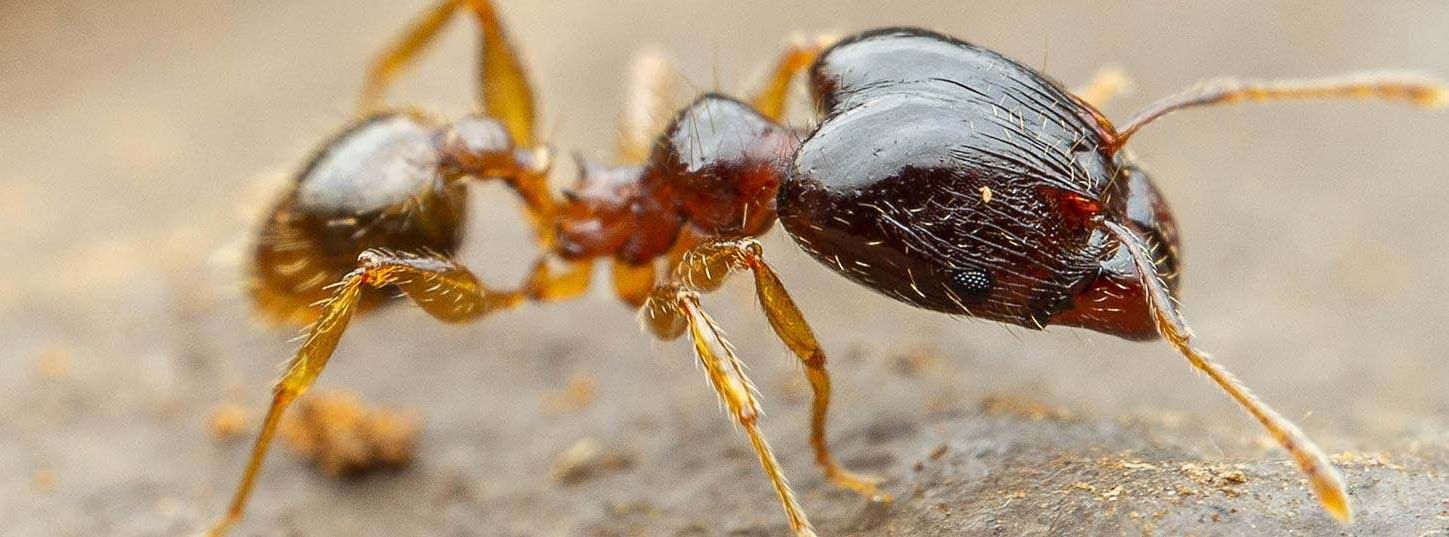
Argentine Ant
Argentine ants are aggressive, invasive, and quick to multiply. Though they’re not venomous, they do bite and can quickly form super colonies by merging multiple nests. The larger the colony, the more destructive it becomes, making early treatment essential for effective ant pest control.
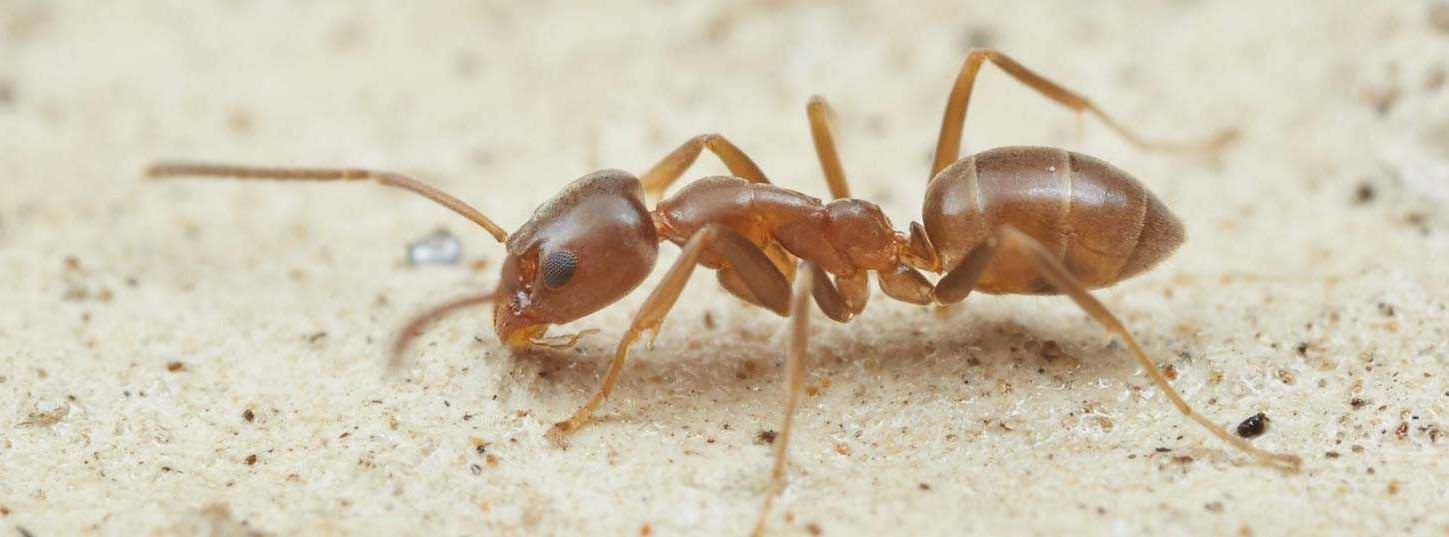
White-footed House Ant
Known for forming satellite nests, white-footed ants multiply through a process called budding, where segments of the colony break off to start new nests nearby. Their rapid reproduction allows populations to reach tens or even hundreds of thousands.
They typically live outdoors but frequently migrate inside in search of sugary goodness. You’ll find them in wall cavities, under eaves, or around skylights. Like black ants, they’re known to infest electronic devices, causing potential damage. These ants also interfere with agriculture by protecting sap-sucking pests, such as aphids, in exchange for sweet secretions, which allows plant-damaging insects to thrive.
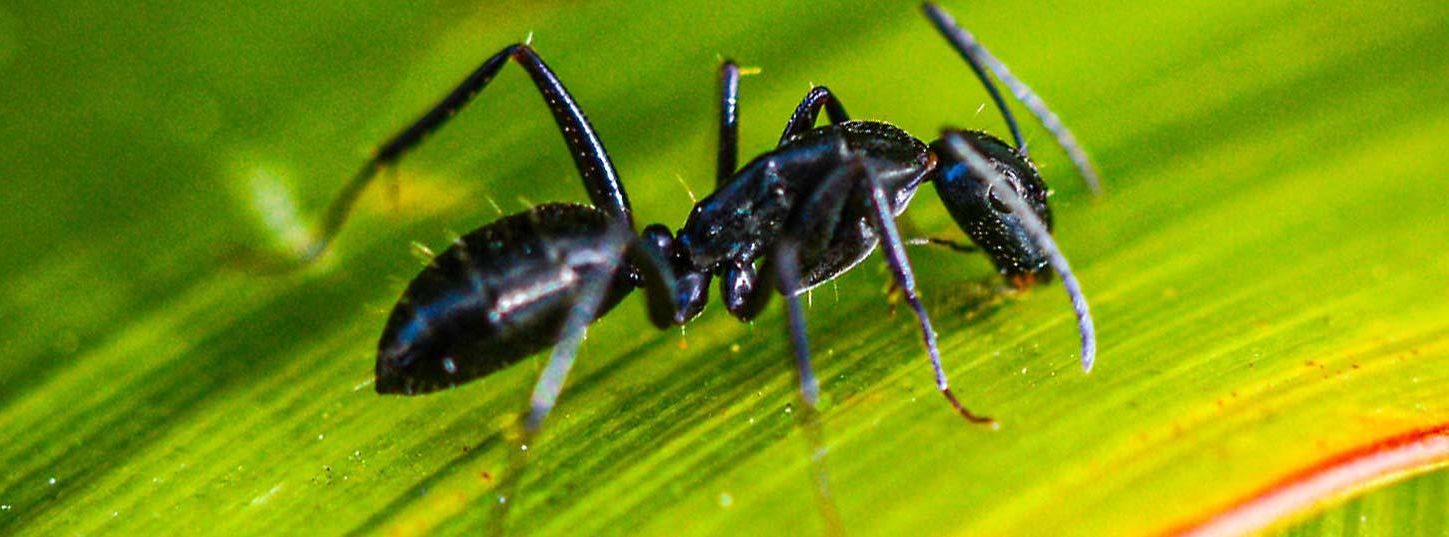
Inch Ant (Bull Ant)
Among the world’s largest ant species, inch ants are native to Australia and are known for their aggressive behaviour and painful bites, sometimes more potent than those of bees. A bite from an inch ant can even trigger allergic reactions in sensitive individuals.
Unlike smaller ants, inch ants have smaller colonies and large, visible nest entrances. They rely on sharp vision and visual signals to communicate, rather than scent trails. Their diet includes nectar, insects, food scraps, and even small animals.
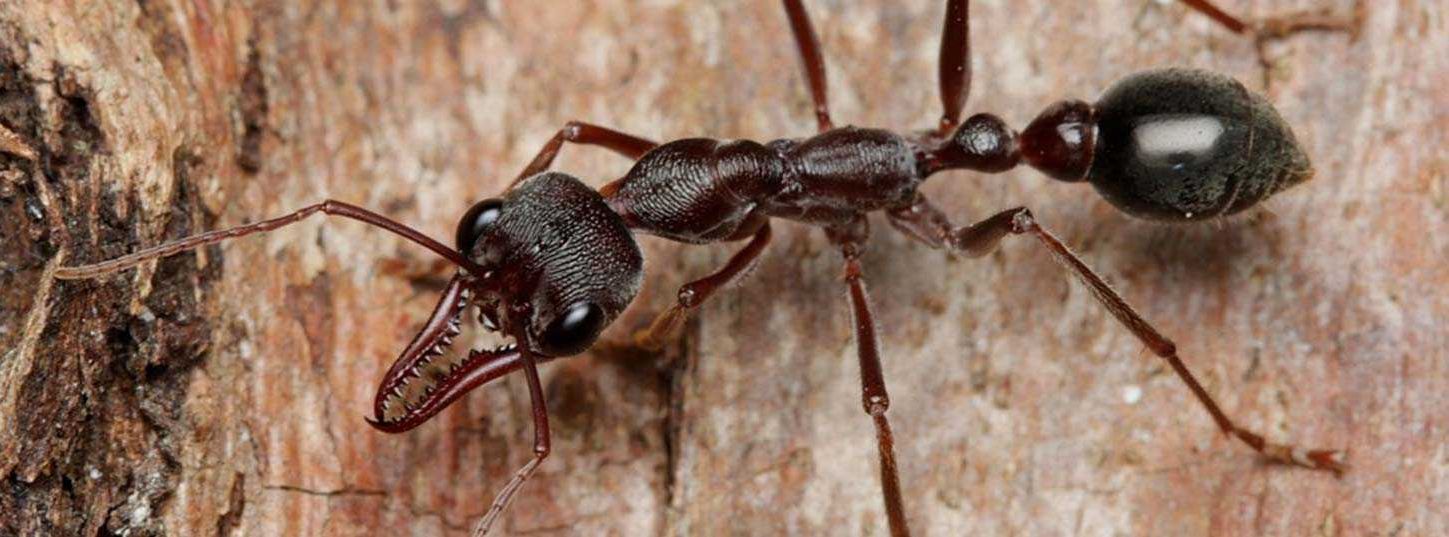
Professional Ant Pest Control with Spiderman SE
Effective ant pest control begins with accurate species identification. Every ant behaves differently depending on its colony structure—some have a single queen, while others have many. At Spiderman SE, we bring more than 30 years of expertise to every ant pest control job, ensuring that your home gets the right treatment the first time.
While over-the-counter baits and sprays might offer short-term relief, they often miss hidden nests or fail to reach satellite colonies. Our professional ant pest control technicians use targeted techniques—such as non-repellent insecticides and specialised baits—to eliminate entire colonies and prevent reinfestation.
Book Your Ant Pest Control Service Today
Don’t let ants move in and take over your home. Whether you’re dealing with a minor nuisance or a full-blown infestation, Spiderman SE offers reliable, safe, and thorough, eco-friendly pest control for ants across South Eastern South Australia and Western Victoria.
So get in touch today to keep ants out—for good!
Find out more about our professional ant pest control

